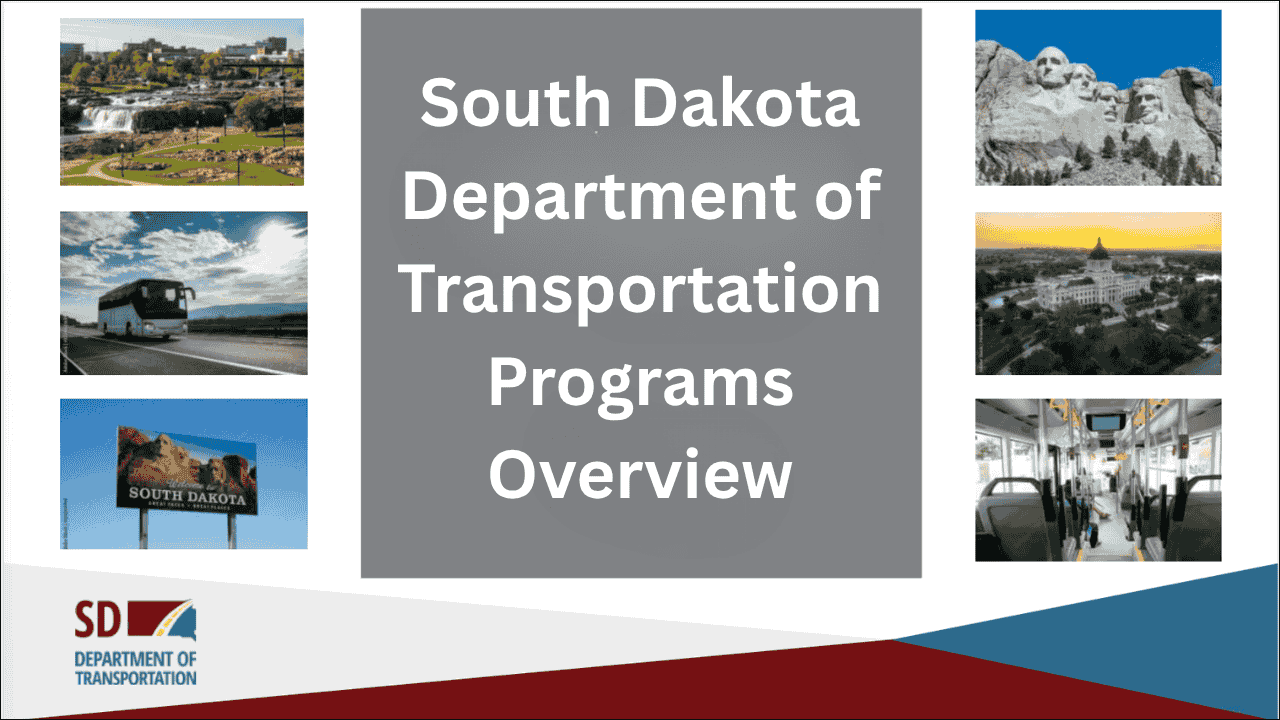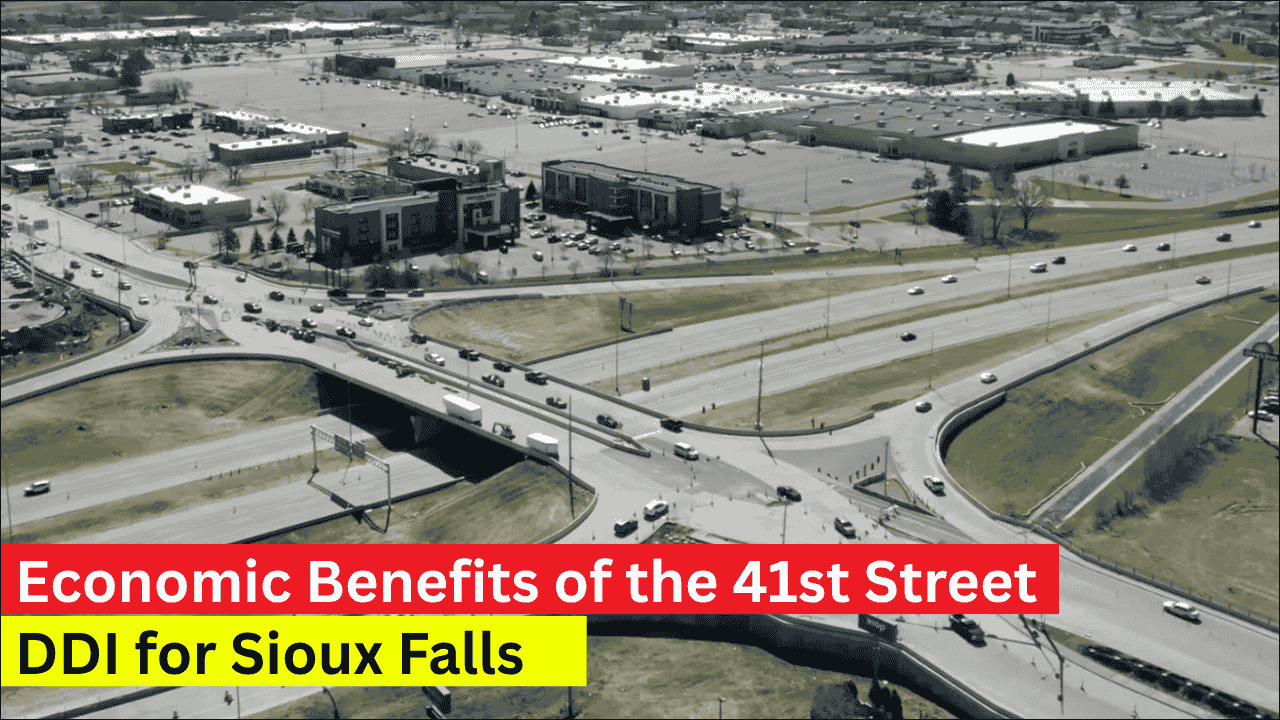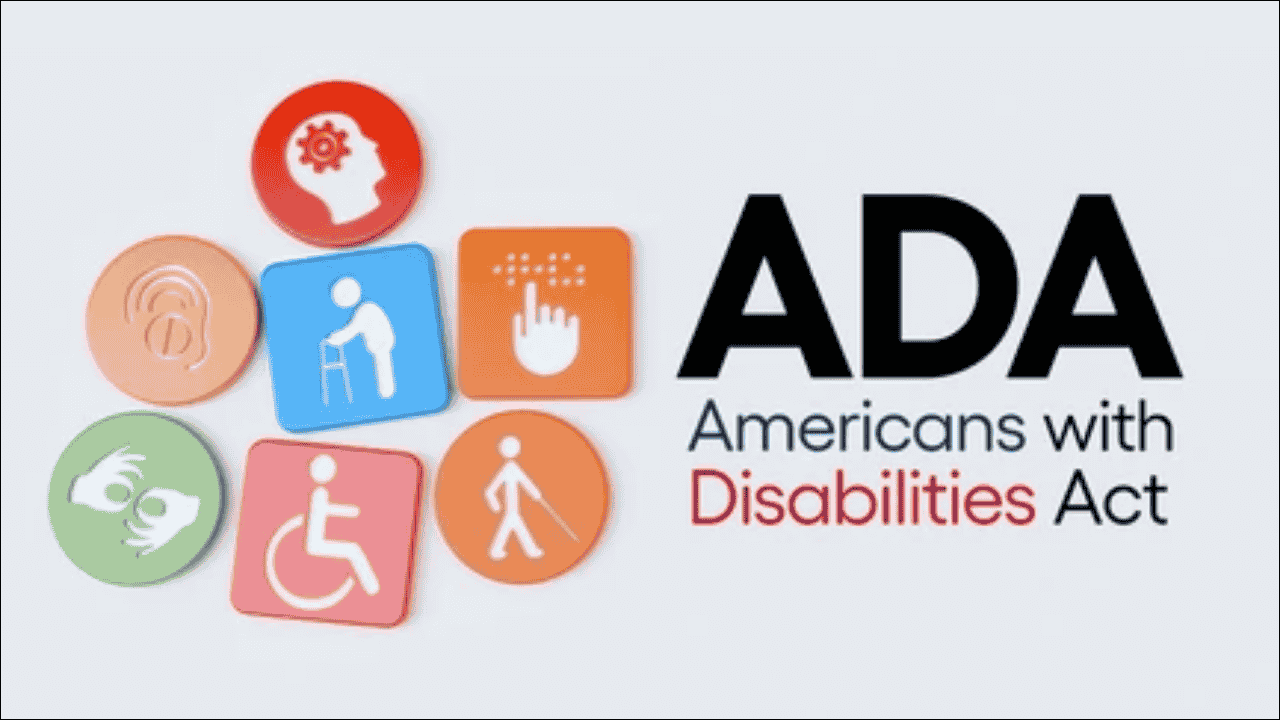
Environmental protection in South Dakota is shaped by practical policies, important agreements, and project-specific assessments. A wide range of activities—such as wetland mitigation, endangered species protection, noise abatement, and environmental clearances—are integrated into transportation and construction projects by the South Dakota Department of Transportation (SDDOT).
A special focus is given to environmentally sensitive species like the Topeka Shiner, and procedures are set in place to ensure compliance with the Endangered Species Act (ESA). This article outlines the core components of the SDDOT’s environmental framework, based on actual projects, procedures, and agreements used across the state.
Table of Contents
Environmental Presentation and Webinar Topics
The recent Environmental Webinar covered several essential documents and policies for contractors and agencies. It gave updates and implementation guidance related to environmental commitments and procedures.
- DOT-272 (Contractor Submittal Checklist) was discussed as a standard format for contractors to submit environmental documents.
- DOT-271 (Pre-Con Outline) outlines expectations before construction begins.
- Topeka Shiner Work Plans were emphasized due to this fish’s sensitivity to habitat disturbance.
- SWPPP Implementation ensures stormwater management at construction sites.
- Contractor Option Site Section 106 Clearance checks historical and cultural impacts.
- Tribal Monitors were mentioned for compliance during on-site activities.
- The General Permit for Construction Activities update ensures that contractors meet stormwater requirements.
Environmental Agreements and Collaborative Policies
Several programmatic agreements form the foundation of environmental policy in South Dakota. These agreements allow faster, coordinated reviews of projects while ensuring compliance.
| Title | Description |
|---|---|
| Programmatic Agreement for Categorical Exclusions | Speeds up reviews of projects with minimal environmental impact. |
| Statewide Wetland Finding | Helps identify wetlands before project approval. |
| Noise Analysis and Abatement Policy | Manages how noise impacts are studied and mitigated. |
| Programmatic Biological Opinion | Addresses how endangered species are protected across multiple projects. |
| MOU between SDDOT, FHWA & U.S. Forest Service | Coordinates work in forested areas. |
| Section 106 Agreement (FHWA-SHPO-SDDOT-ACHP) | Covers cultural and historic site evaluations. |
Endangered Species in Project Planning
Endangered species are protected by federal law, and SDDOT must assess possible effects on them before starting any project.
- The Endangered Species Act (ESA) ensures species are not harmed during construction.
- ESA Compliance Reports document project-by-project evaluations.
- The American Burying Beetle requires special conservation actions.
- Bald Eagle and Northern Long-Eared Bat habitats are monitored during tree-clearing.
- Topeka Shiner receives habitat protection measures during water-related construction.
- Whooping Crane flyways and stopover areas are considered during project siting.
Environmental Assessments (EA) for Major Projects
Environmental Assessments are prepared for large or sensitive projects to study their impact before construction.
| Project Name | Location |
|---|---|
| I-29 Exit 130 Interchange & 20th St S | Brookings |
| Northshore Bypass | Various Locations |
| I-229 Exit 4 | Sioux Falls |
| Highway 44 Platte-Winner Bridge | Central SD |
| South Veterans Parkway | Sioux Falls |
| I-90 Exit 406 Interchange | Brandon |
| US14/US83/SD34 Missouri River Bridge | Pierre / Ft. Pierre |
| South Rochford Road EA | Black Hills |
| I-229 Exit 5 (26th Street) | Sioux Falls |
| East Side Corridor (S.D. 100 North Segment) | Sioux Falls |
| Peter Norbeck Scenic Byway Projects | Bismarck, Horsethief & Lakota Lakes |
| US16 Jewel Cave Area | Black Hills |
| Downtown Rail Yard Redevelopment | Sioux Falls |
| I-190 Silver Street Interchange | Rapid City |
| Spearfish Canyon Site Improvements | Bridal Veil Falls, Long Valley |
| US-85 in Deadwood | From US385 to Cemetery St. |
| SD School of Mines Connector Road | Rapid City |
| Noise Study I-29 to 26th Street | Sioux Falls |
| I-90 Exit 40–Exit 51 | Western SD |
| East Side Corridor (SD100 South Segment) | Sioux Falls |
| Solberg–Tallgrass Overpass of I-229 | Sioux Falls |
| Pierre Railroad Grade Separation | Pierre |
| Watertown South Connector Route | US81 to 29th Street SE |
| Watertown South Connector (US212/SD20 to US81) | Watertown |
Forms and Documentation for Environmental Processes
The SDDOT uses specific forms to make sure that all legal and environmental guidelines are followed during each phase of planning.
- Environmental Screening Report Documents help identify environmental concerns early.
- NEPA Checklist Documents assist in compliance with federal environmental law.
- Forms and Coordination Documents ensure communication between departments.
Wetland Mitigation in Transportation Projects
Wetlands are protected ecosystems. Construction projects that impact wetlands must compensate through mitigation strategies.
| Term | Explanation |
|---|---|
| Wetland Mitigation | Replacing or restoring wetlands lost to development. |
| Wetland Mitigation Banking | Using preserved wetlands in one area to offset damage in another. |
| Wet Areas on Property | Landowners with non-farmable wetland zones can partner with SDDOT. |
Key Environmental Considerations for Contractors
Contractors working with SDDOT must understand and follow several environmental rules.
- Stormwater management is required for most construction sites through the SWPPP.
- Historic and cultural site clearance must be obtained before site disturbance.
- Noise monitoring and mitigation may be necessary near populated areas.
- Environmental commitments outlined during project planning must be followed throughout construction.
Focus on the Topeka Shiner
The Topeka Shiner, a small fish found in South Dakota streams, plays a large role in shaping water-related project design. Work plans must:
- Avoid disturbing the species’ habitat during breeding season.
- Include monitoring plans approved by environmental experts.
- Follow the updated General Permit conditions from the state and federal authorities.
Wrapping Up
Environmental management in South Dakota is a structured and detailed process that ensures construction and infrastructure development do not harm the natural ecosystem. From species protection to wetland preservation, SDDOT collaborates with various agencies and follows established agreements to protect resources. Contractors, engineers, and local agencies all share responsibility in meeting these goals. Well-documented processes and strong compliance help maintain a balance between development and sustainability.





